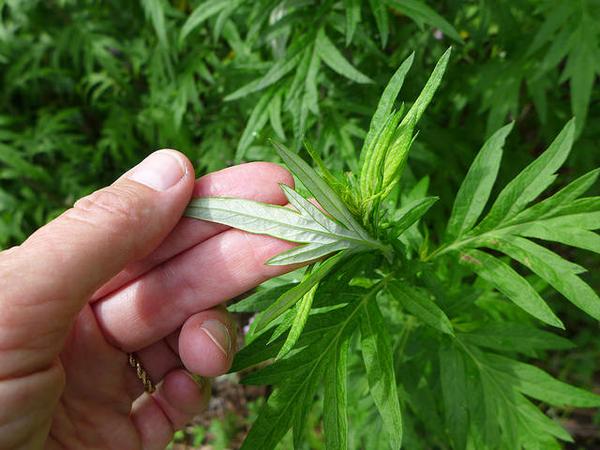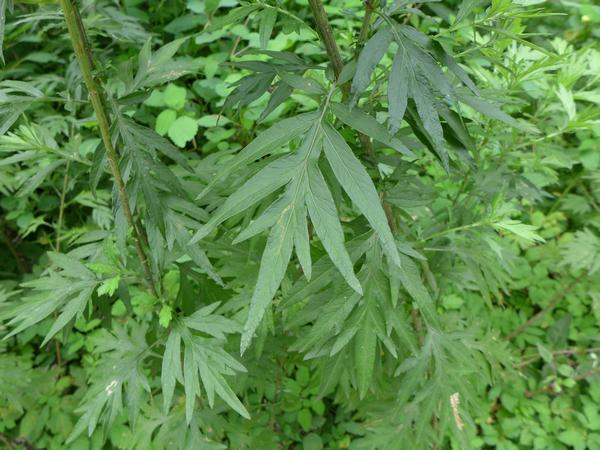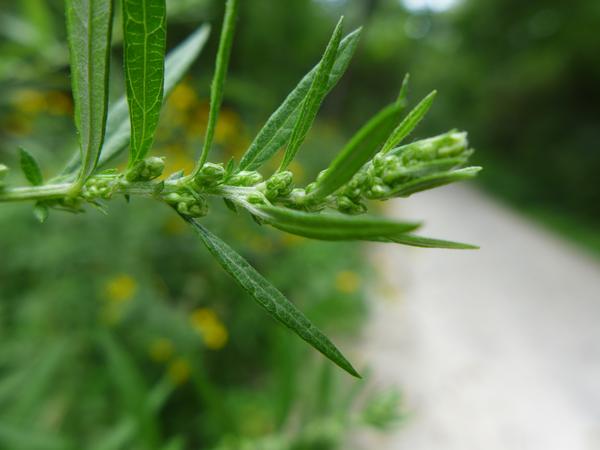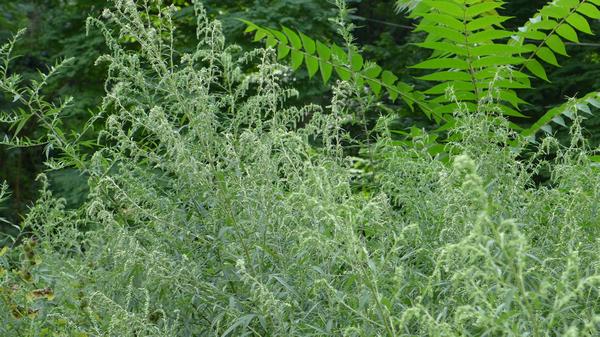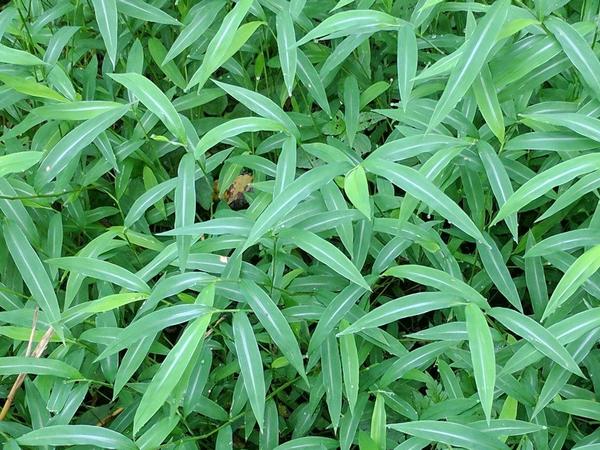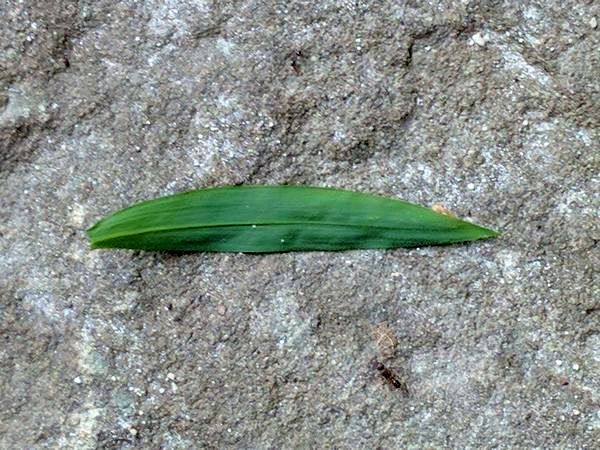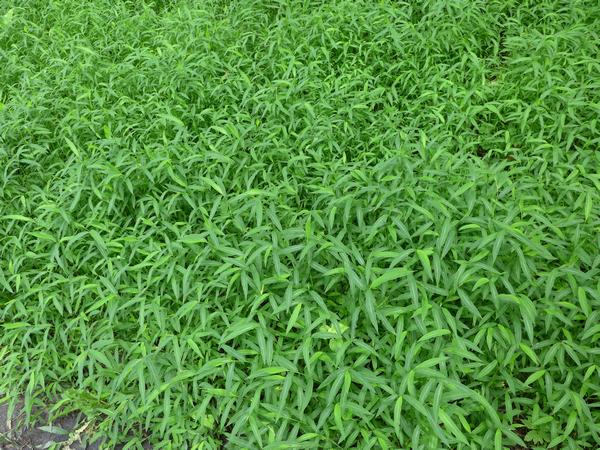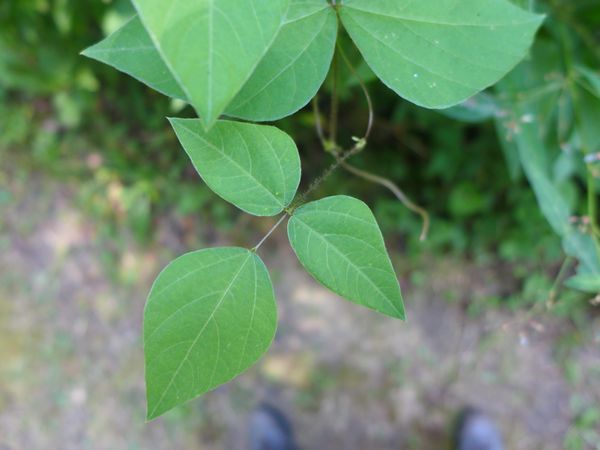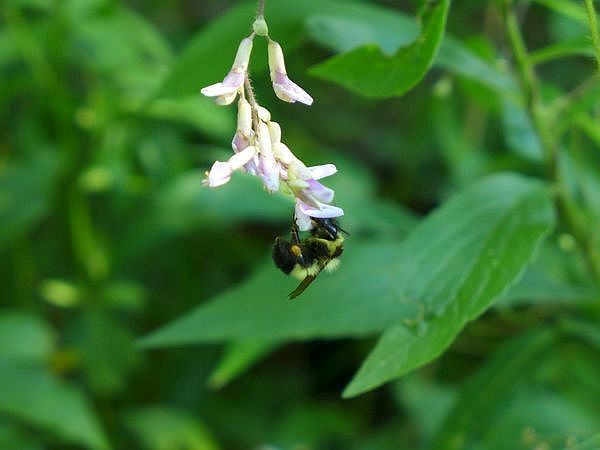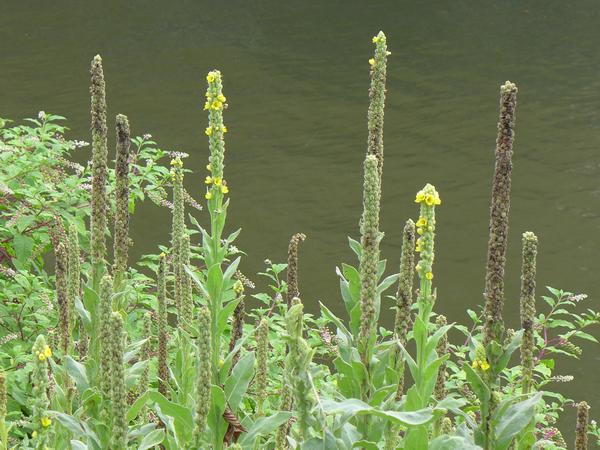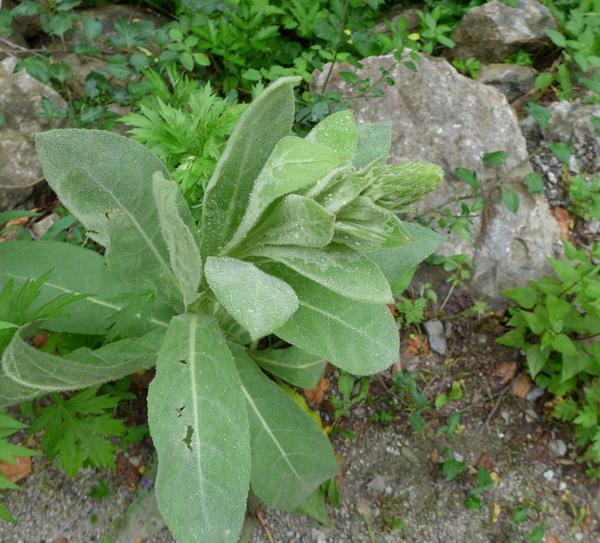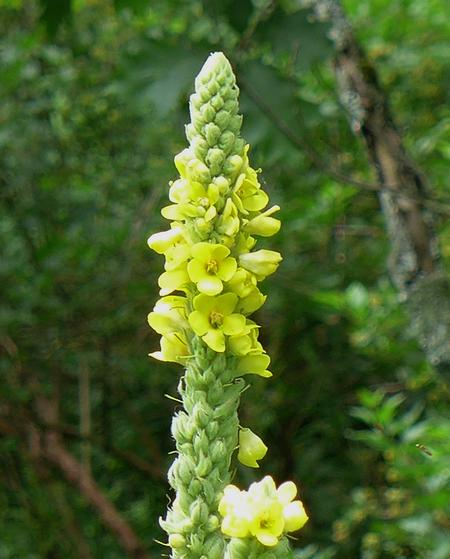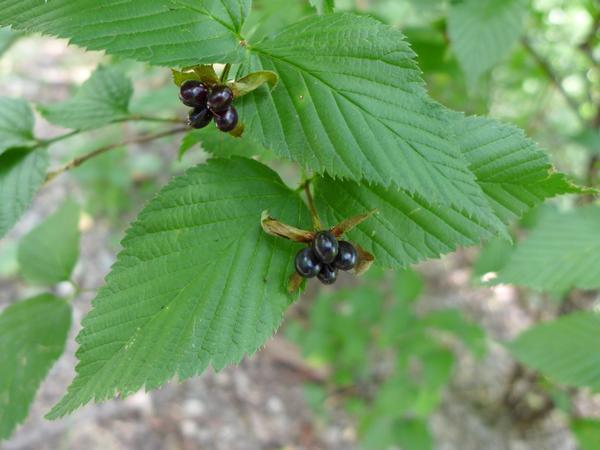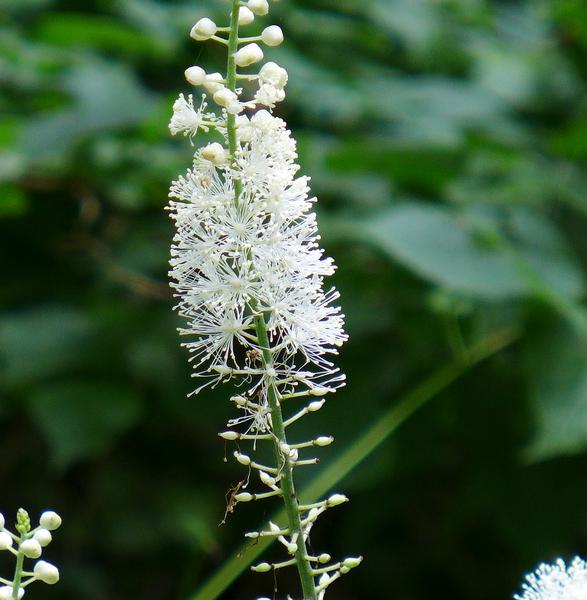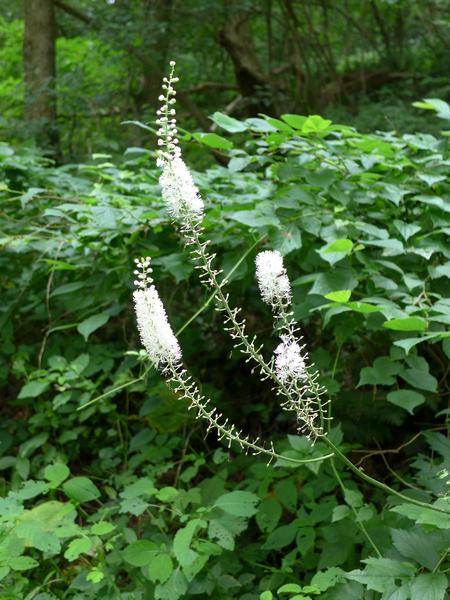
Ironweed is one of my favorite August flowers but it’s hard for me to photograph. Its purple color doesn’t ring true on my digital camera (too blue!) and the plant is so tall that I’ve never been able to replicate Chuck Tague’s quintessential view of it, below.

In August ironweed is truly impressive. At seven to ten feet tall it’s topped by a corymb (flat-topped cluster) of 30 to 50 deep purple flowers made up of 5-lipped florets. Dark red stems support long, alternate, lance-shaped leaves that are rough to the touch.
You’ve probably seen ironweed from the highway as it’s the only tall flower left standing in cow pastures. Its stem is so tough that cows refuse to eat it, thus the ironweed name. On foot you’ll find it in ditches, moist meadows and along stream banks.
In Pennsylvania there are two native species — tall ironweed (Vernonia gigantea) and New York ironweed (Vernonia noveboracensis) — distinguished by their bracts and florets per flower:
- Tall ironweed (gigantea) has blunt or short-pointed bracts and 13-30 florets.
- New York ironweed (noveboracensis) has long thread-tipped bracts and more than 30 florets per flower.
When you’re up close with ironweed you can count its florets. My photo from Frick Park shows less than 30 so this would be tall ironweed.
Or maybe not! Tall and New York ironweeds hybridize.
Tall ironweed is listed as endangered in New York state and invasive in Kentucky. I wonder why.
(photo credits: close up by Kate St. John, corymb by Chuck Tague)
*A corymb is a flat-topped cluster. An umbel is shaped like an umbrella, rounded on top.

